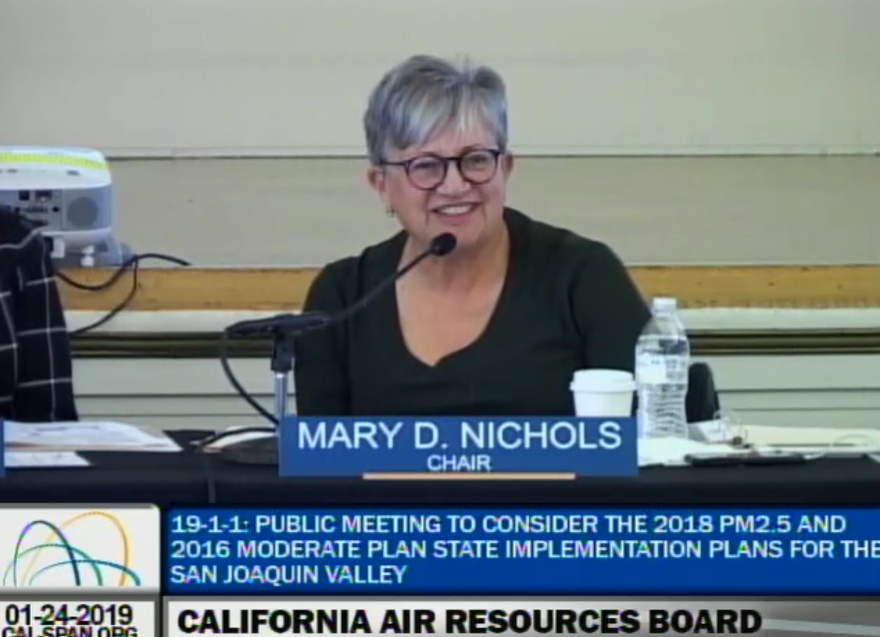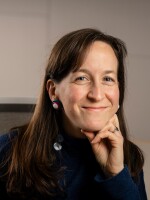After years of delays, the state has approved a plan to improve air quality in the San Joaquin Valley.
Air officials and clean air advocates celebrated Thursday as state Air Resources Board chair Mary Nichols announced a unanimous vote to approve a valley-wide plan to control PM2.5. That’s the harmful particulate matter that obstructs the views of snowy Sierra Peaks and is associated with increased asthma attacks, reduced immune function and low birthweight in newborns.
The vote in a downtown Fresno ballroom came two years after the state struck down an earlier plan for not being sufficiently comprehensive. The revised version, written by the San Joaquin Valley Air Pollution Control District, meets more federal standards and includes more feedback from the community.
"It’s a culmination of a lot of work by a lot of people in the Valley who really care about our air quality," said Valley air district director Samir Sheikh in an interview after the meeting.
The new plan incorporates tighter restrictions on residential wood-burning. It also promises to replace restaurant charbroilers and upgrade thousands of pieces of agricultural equipment to cleaner models.
However, many air quality advocates voiced concerns that the new wood-burning rules are still too lenient, and that the air district shied away from restricting some of the Valley’s biggest industrial polluters.
"We at NPCA are seriously concerned that this is less of a complete plan as required under the Clean Air Act and more of an IOU to Valley residents that leaves numerous sources of particulate pollution off the table," said Mark Rose of the National Parks Conservation Association during the meeting.
Perhaps the most common concern voiced during the proceedings? The plan’s price tag tops $5 billion–most of which has yet to be allocated. The remainder will largely need to wait for the state legislature.
Genevieve Gale of the Central Valley Air Quality Coalition agreed the plan isn’t perfect. Overall, however, she said she’s pleased that it incorporated many suggestions from the community.
"Often times in the Valley we’re left feeling unheard," she said. "However, in this plan there are major elements that have responded to public comment."





